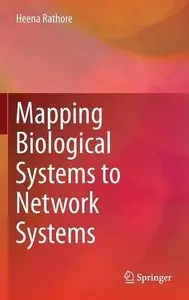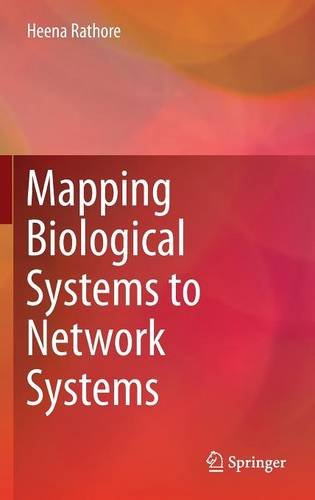Mapping Biological Systems to Network Systems
Springer | Signals & Communication | March 13, 2016 | ISBN-10: 3319297805 | 196 pages | pdf | 11.86 mb
Springer | Signals & Communication | March 13, 2016 | ISBN-10: 3319297805 | 196 pages | pdf | 11.86 mb
Authors: Rathore, Heena
Shows how bio-inspired systems – which are inherently robust, flexible and have high resilience towards critical errors – hold immense potential for next generation network systems
Outlines computing and problem solving techniques inspired by biological systems that can provide flexible, adaptable ways of solving networking problems
Provides insights into how the study of biological systems can make network systems more flexible, adaptable, self-organized, self-aware, and self-sufficient
The book presents the challenges inherent in the paradigm shift of network systems from static to highly dynamic distributed systems – it proposes solutions that the symbiotic nature of biological systems can provide into altering networking systems to adapt to these changes. The author discuss how biological systems – which have the inherent capabilities of evolving, self-organizing, self-repairing and flourishing with time – are inspiring researchers to take opportunities from the biology domain and map them with the problems faced in network domain. The book revolves around the central idea of bio-inspired systems – it begins by exploring why biology and computer network research are such a natural match. This is followed by presenting a broad overview of biologically inspired research in network systems – it is classified by the biological field that inspired each topic and by the area of networking in which that topic lies. Each case elucidates how biological concepts have been most successfully applied in various domains. Nevertheless, it also presents a case study discussing the security aspects of wireless sensor networks and how biological solution stand out in comparison to optimized solutions. Furthermore, it also discusses novel biological solutions for solving problems in diverse engineering domains such as mechanical, electrical, civil, aerospace, energy and agriculture. The readers will not only get proper understanding of the bio inspired systems but also better insight for developing novel bio inspired solutions
Number of Illustrations and Tables
37 b/w illustrations, 70 illustrations in colour
Topics
Communications Engineering, Networks
Appl. Mathematics / Computational Methods of Engineering
Artificial Intelligence (incl. Robotics)
Bioinformatics
Click Here to Buy the Hardcover from Springer
Click Here for More books



